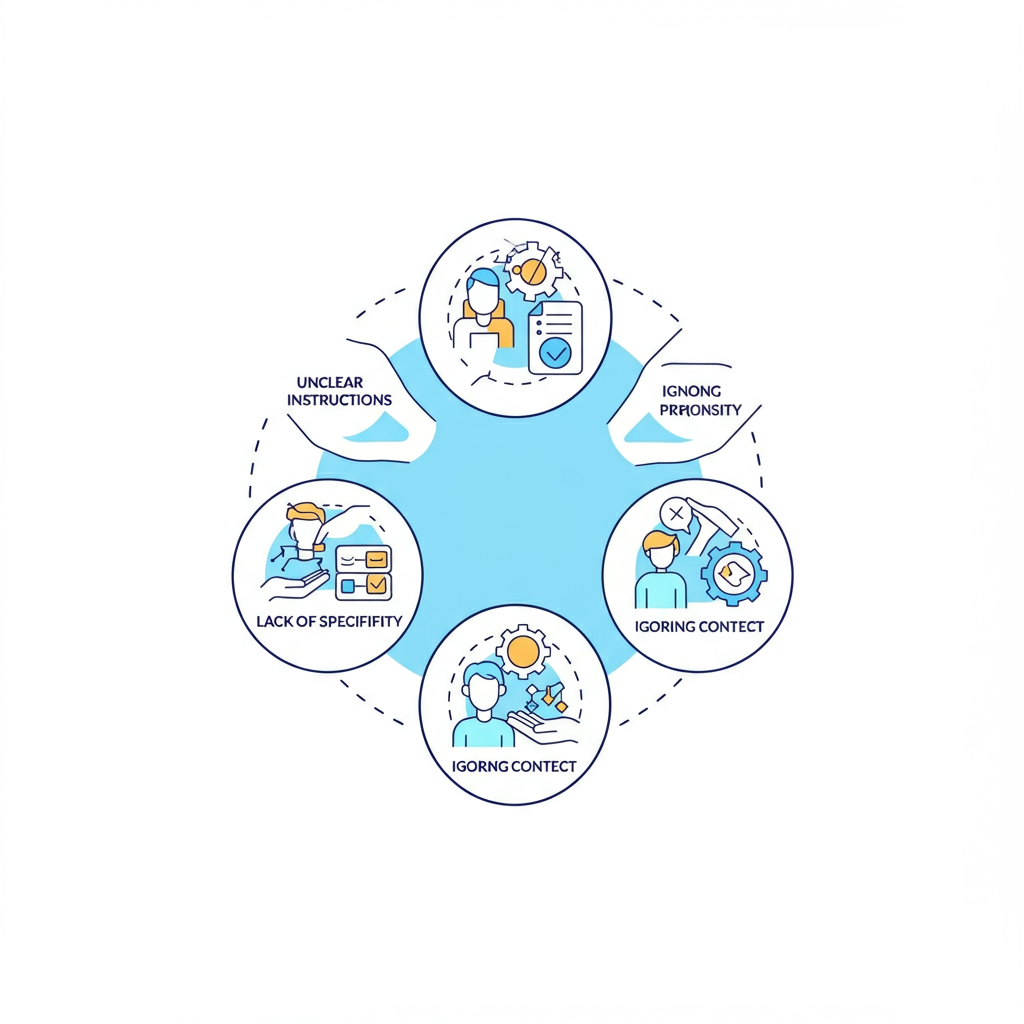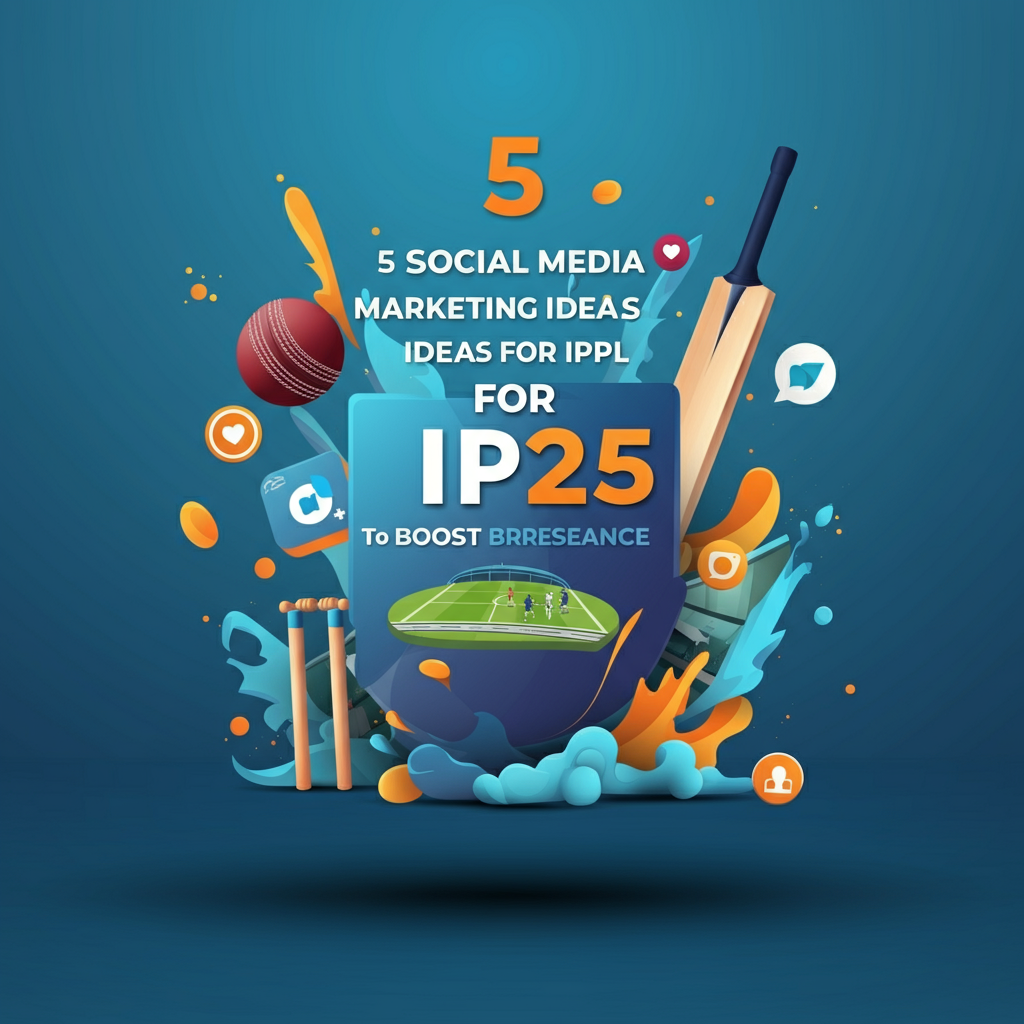With over 4.9 billion active internet users worldwide, digital marketing is no longer optional for businesses. If you’re looking to scale your business, connect with your audience, and drive revenue, understanding digital marketing is key.
But where do you begin? This blog will guide you through the top 7 types of digital marketing, illustrating how they can propel your business forward. Whether you’re a small business owner, marketing professional, or a student eager to learn, this guide is for you.
What is Digital Marketing and Why Does It Matter?
Digital marketing is the use of online channels and technology to promote your products or services. It includes reaching your target audience across the web, social media platforms, email, and search engines.
Simply put, it’s how modern businesses thrive in an increasingly online world. Done right, digital marketing is a cost-effective, scalable, and measurable way to grow your brand.
Now, let’s explore the seven core types of digital marketing:
Search Engine Optimization (SEO)

What Is SEO and Why Is It Crucial?
Search Engine Optimization (SEO) refers to optimizing your website to rank higher in search engine results pages (SERPs), making it easier for potential customers to find you. Over 90% of online experiences start with a search engine, making SEO a critical foundation of any solid marketing strategy.
Essential SEO Categories
- On-Page SEO
- Focuses on content optimization, including keywords, headers, meta descriptions, and images.
- Example tip: Use tools like Google Keyword Planner to find the terms your audience is searching for.
- Off-Page SEO
- Builds your website’s authority via backlinks from trusted sources.
- Example tip: Focus on earning links naturally by creating shareable, high-quality content.
- Technical SEO
- Enhances the infrastructure of your website, including speed, mobile-friendliness, and crawlability.
- Example tip: Use free tools like Google’s PageSpeed Insights to ensure your site loads quickly.
When SEO is done right, it drives organic traffic consistently and helps you stay competitive in your niche.
Content Marketing
What Is Content Marketing?
Content marketing revolves around creating valuable, relevant content to inform, engage, and convert your audience. This includes blog posts, videos, infographics, and eBooks.
Types of Content That Work
- Blog posts that answer common customer questions
- Engaging social media videos
- Interactive infographics for sharing key data
Key Tips for Content Marketing Success
- Plan Ahead with a Content Calendar
This keeps your messaging cohesive and ensures you’re targeting key dates and trends.
- Measure Impact
Use analytics tools to monitor engagement, traffic, and conversions. Data-driven decisions are non-negotiable!
Great content not only builds trust but also positions your business as an industry leader.
Social Media Marketing (SMM)
Why Is Social Media Marketing Essential?
Social media platforms (Facebook, Instagram, LinkedIn, etc.) offer unparalleled opportunities to connect, engage, and grow your audience. Approximately 54% of consumers use social media to research products.
Steps to Master Social Media Marketing
- Choose the Right Platform
- Example breakdown:
- Use LinkedIn to target professionals.
- Leverage Instagram for visual storytelling.
- Explore TikTok for younger demographics.
- Example breakdown:
- Create Engaging Content
- Prioritize video, carousel posts, and live streaming.
- Consistency is key; use engaging visuals and captions.
- Social Media Advertising
- Paid ads allow you to target your audience with precision.
- Example campaign idea: Offer a discount code to attract new followers.
Social media builds relationships that turn followers into loyal customers.
Pay-Per-Click (PPC) Advertising
What Is PPC?
PPC is a model where you pay a fee each time someone clicks on your ad. Popular platforms include Google Ads and social media channels.
Setting Up PPC Campaigns
- Keyword Research
- Use tools like SEMrush to find high-intent, low-competition keywords.
- Ad Creation
- Write compelling headlines and include clear calls to action.
- Monitor & Optimize
- Track your ROI by assessing click-through rates and conversion data.
While PPC requires investment, it can yield quick, measurable results if aligned with your broader strategy.
Email Marketing
The Importance of Email Marketing
Email marketing boasts a staggering $36 return for every $1 spent. It remains one of the most effective channels for nurturing customer relationships.
How to Build and Use an Email List Effectively
- Create Lead Magnets
- Offer a free eBook, discount, or webinar in exchange for email sign-ups.
- Segment Your List
- Divide emails by customer preferences, past purchases, and location.
- Craft Compelling Campaigns
- Use engaging subject lines, visuals, and CTAs while maintaining professionalism.
With automation tools like Mailchimp, scaling your email marketing becomes a breeze.
Affiliate Marketing
How Affiliate Marketing Works
Affiliate marketing allows you to earn commissions by promoting products/services from other companies. You drive traffic to their websites via affiliate links.
Tips for Success
- Find reputable affiliate programs via sites like ShareASale or Amazon Associates.
- Be transparent with your audience to maintain credibility.
- Focus on offering honest, helpful recommendations.
Affiliate marketing is a win-win for brands and marketers.
Influencer Marketing
What Is Influencer Marketing?
Influencer marketing relies on social media personalities with engaged audiences to promote your products.
How to Leverage Influencer Marketing
- Find Relevant Influencers
Use tools like Upfluence to identify influencers within your niche.
- Negotiate Partnerships
Clearly outline goals, deliverables, and compensation.
- Track Results
Calculate ROI with metrics like engagement rates and conversion spikes.
Partnering with the right influencers can dramatically expand your visibility.
Taking a Holistic Marketing Approach
Digital marketing is not a one-size-fits-all solution. By integrating methods like SEO, content marketing, and social media advertising, you can create a strategy customized for your goals.
Start small by focusing on one or two channels while measuring their success. Over time, expand your efforts to encompass more elements—including the seven outlined above.
If you’re ready to elevate your digital strategy, implement these techniques today. The digital age belongs to those willing to adapt and innovate.


